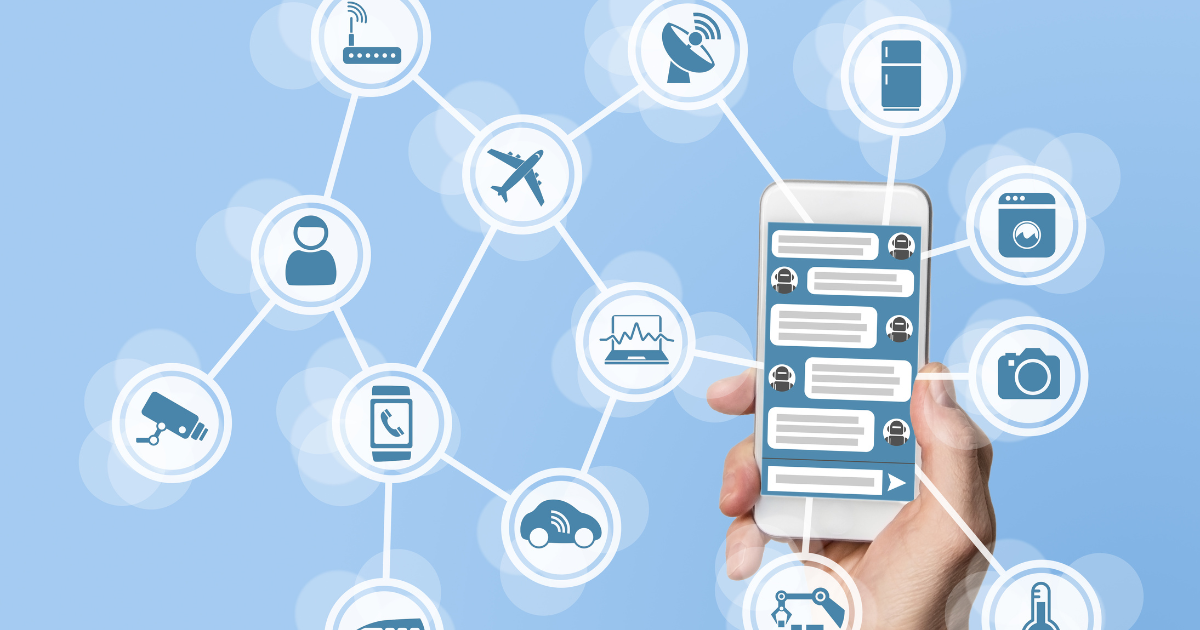7 Chatbots For Your Small Business
Chatbots are computer programs designed to simulate conversation with human users, especially over the internet. They are a form of artificial intelligence that can understand natural language and respond accordingly. Chatbots have become increasingly popular over the years, and many businesses are now using them to interact with their customers.
What are the benefits of chatbots?
There are many benefits of chatbots for SMBs.
- They can save time and money by automating customer service tasks. Chatbots can handle simple queries, such as order tracking or FAQs, without the need for human intervention. This frees up staff to focus on more complex tasks.
- Chatbots can provide 24/7 customer service. Unlike humans, chatbots can work around the clock, providing customers with instant responses at any time of the day or night. This can improve customer satisfaction and increase sales.
- Chatbots can provide valuable insights into customer behavior. By analyzing chat logs, businesses can identify trends and patterns in customer queries, which can inform future business decisions.
Overall, chatbots have the potential to revolutionize the way SMBs interact with their customers. The next section will explore the different types of chatbots available for SMBs and how to choose the right one for your business.
What are the common types of SMB chatbot?
To choose the right chatbot for your small or medium-sized business (SMB), it is important to understand the different types of chatbots available. Here are seven common types of chatbots that SMBs can consider:
1. Rule-based chatbots: These chatbots work based on a set of predefined rules and are ideal for answering simple questions or providing basic information.
2. AI-powered chatbots: These chatbots use artificial intelligence and machine learning to understand natural language and provide more sophisticated responses. They can also learn and improve over time.
3. Menu/input chatbots: These chatbots provide a list of options for users to choose from, such as a menu, and then provide relevant information or responses based on the user’s selection.
4. Keyword recognition chatbots: These chatbots identify specific keywords in the user’s message and use them to provide relevant responses. They are useful for handling specific queries or requests.
5. Hybrid chatbots: These chatbots combine elements of both rule-based and AI-powered chatbots. They can handle both simple and complex queries and provide personalized responses.
6. Contextual chatbots: These chatbots use context and user history to provide personalized and relevant responses. They can understand the user’s intent and provide more accurate and helpful responses.
7. Voice-enabled chatbots: These chatbots allow users to interact with them using voice commands, making them ideal for hands-free use. They can also provide personalized responses and improve over time through machine learning.
Choosing the right chatbot for your SMB will depend on your specific needs and goals. Consider the complexity of the queries you expect your chatbot to handle, the level of personalization you need, and the channels you want to use to interact with your customers.
How to pick the right chatbot for your SMB
Picking the right chatbot for your SMB can be a daunting task, but several factors can help you make the right choice. Here are some steps to follow:
1. Define your goals and needs:
Identify the specific goals you want your chatbot to achieve and the needs it should fulfill. This will help you narrow down your options and find a chatbot that aligns with your business objectives.
2. Consider your budget:
Chatbots can vary in cost depending on their complexity and features. Determine what budget you have available for this investment and ensure that the chatbot you choose is within your budget.
3. Evaluate the complexity of the chatbot:
Consider the complexity of the queries you expect your chatbot to handle. If you need a chatbot that can handle complex queries, an AI-powered chatbot may be a better choice than a rule-based chatbot.
4. Determine the level of customization required:
Consider the level of customization you need for your chatbot. Do you need a chatbot that can be tailored to your brand’s voice and tone? Do you need a chatbot that can provide personalized responses to each user? Understanding your customization needs will help you choose the right chatbot.
5. Choose a chatbot platform:
There are many different chatbot platforms available, each with its strengths and weaknesses. Do your research and choose a platform that aligns with your business goals, technical requirements, and budget.
6. Test and optimize your chatbot:
Once you have chosen your chatbot, it’s important to test it thoroughly and optimize it based on user feedback. Continuously monitor your chatbot’s performance and make adjustments as needed to ensure that it is providing value to your customers.
By following these steps, you can find a chatbot that meets your business needs and helps you achieve your goals.
Conclusion
In conclusion, chatbots have the potential to revolutionize the way small and medium-sized businesses (SMBs) interact with their customers. By providing personalized and efficient customer service, chatbots can help SMBs save time and money while improving customer satisfaction.
To choose the right chatbot for your SMB, it’s important to define your goals and needs, consider your budget, evaluate the complexity of the chatbot, determine the level of customization required, choose a chatbot platform, and test and optimize your chatbot.
Remember, there are seven types of chatbots to choose from, including rule-based, AI-powered, menu/input, keyword recognition, hybrid, contextual, and voice-enabled chatbots. Each type has its strengths and weaknesses, so it’s important to choose the type that best fits your business needs.
Choosing the right chatbot is important because it can impact your customer’s experience with your business. A poorly designed chatbot can frustrate customers and harm your brand reputation, while a well-designed chatbot can improve customer satisfaction and loyalty.
The future of chatbots for SMBs is promising, as chatbot technology continues to improve and become more sophisticated. With the right chatbot in place, SMBs can stay competitive in their industry and provide exceptional customer service.
FAQs on Chatbots for SMBs
Q: What is a rule-based chatbot?
A: A rule-based chatbot works based on a set of predefined rules and is ideal for answering simple questions or providing basic information.
Q: What is an AI-powered chatbot?
A: An AI-powered chatbot uses artificial intelligence and machine learning to understand natural language and provide more sophisticated responses. They can also learn and improve over time.
Q: What is a menu/input chatbot?
A: A menu/input chatbot provides a list of options for users to choose from, such as a menu, and then provides relevant information or responses based on the user’s selection.
Q: What is a keyword recognition chatbot?
A: A keyword recognition chatbot identifies specific keywords in the user’s message and uses them to provide relevant responses. They are useful for handling specific queries or requests.
Q: What is a hybrid chatbot?
A: A hybrid chatbot combines elements of both rule-based and AI-powered chatbots. They can handle both simple and complex queries and provide personalized responses.
Q: What is a contextual chatbot?
A: A contextual chatbot uses context and user history to provide personalized and relevant responses. They can understand the user’s intent and provide more accurate and helpful responses.
Q: What is a voice-enabled chatbot?
A: A voice-enabled chatbot allows users to interact with them using voice commands, making them ideal for hands-free use. They can also provide personalized responses and improve over time through machine learning.
Q: Why is it important to choose the right chatbot for my SMB?
A: Choosing the right chatbot is important because it can impact your customer’s experience with your business. A poorly designed chatbot can frustrate customers and harm your brand reputation, while a well-designed chatbot can improve customer satisfaction and loyalty.
Q: How do I pick the right chatbot for my SMB?
A: To pick the right chatbot for your SMB, you should define your goals and needs, consider your budget, evaluate the complexity of the chatbot, determine the level of customization required, choose a chatbot platform, and test and optimize your chatbot.
Q: What is the future of chatbots for SMBs?
A: The future of chatbots for SMBs is promising, as chatbot technology continues to improve and become more sophisticated. With the right chatbot in place, SMBs can stay competitive in their industry and provide exceptional customer service.




